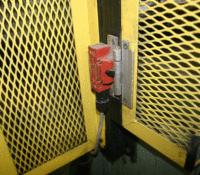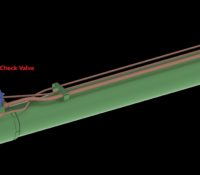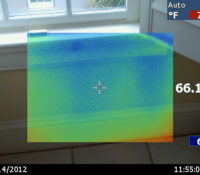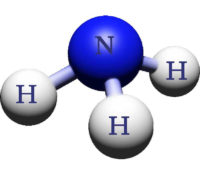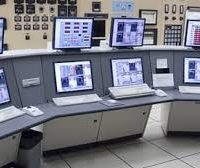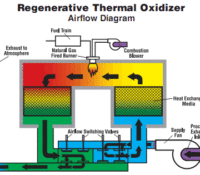What’s Behind That CE Mark Part Three, Machine Guard Requirements
In the first blog in this series, we discussed the story behind the CE mark, the Machinery Directive, and the associated requirements regarding the design, production, and sale of machinery bearing the mark. The second blog discussed a cornerstone of safer machine design, the risk assessment. This installment will discuss another crucial piece of the safety puzzle, machine guard design. Read More


